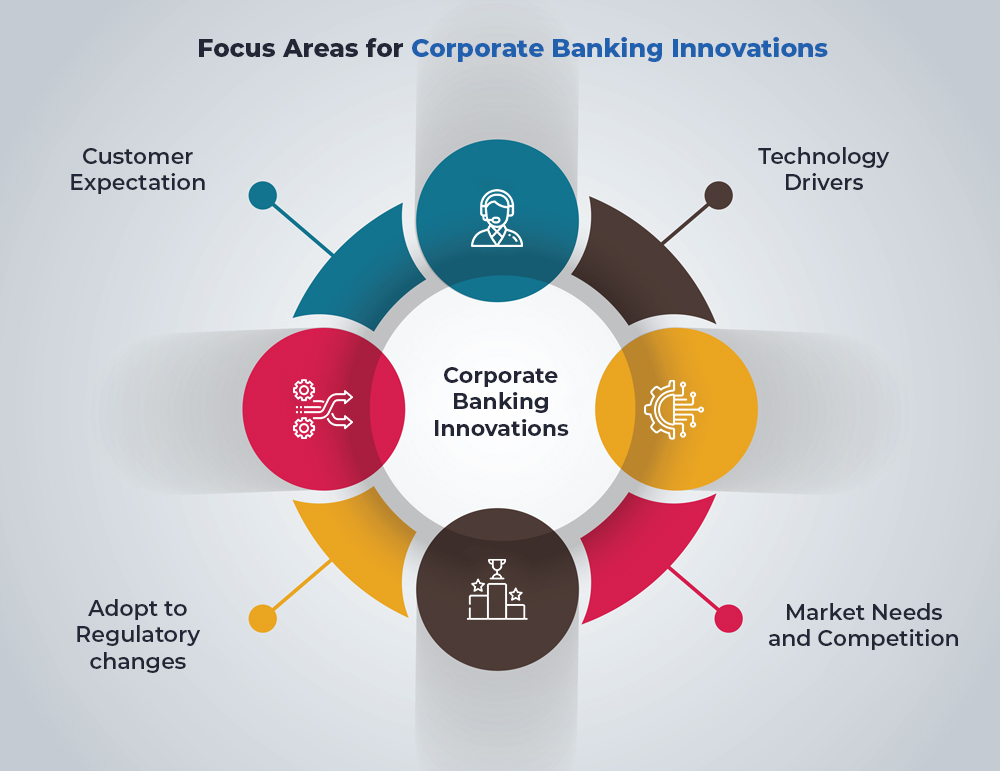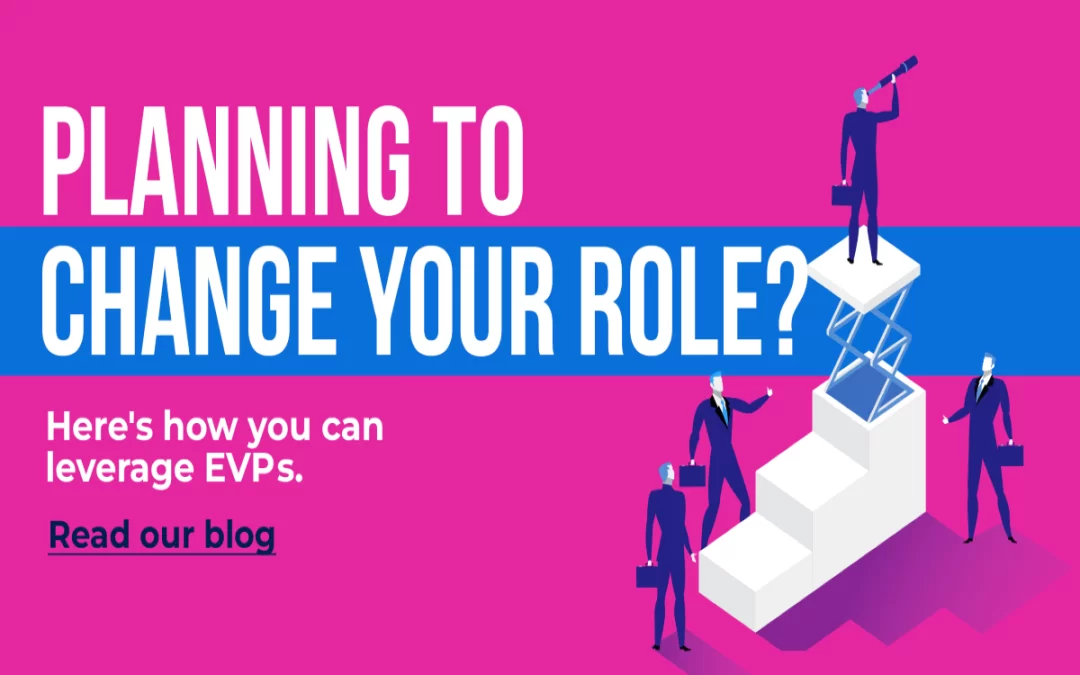Hyper contextual Banking in Retail, Corporate, and Wealth Management

The banking industry has witnessed significant technological advancements, revolutionizing how financial institutions interact with their customers.
One such groundbreaking innovation is hyper-contextual banking, which leverages data, artificial intelligence, and personalized experiences to transform retail banking, corporate banking, and wealth management. In this article, we will explore how hyper-contextual banking, being the spearhead in a company like Maveric, is reshaping these sectors and revolutionizing the banking experience for customers.
Case in Point
For some time now, banks have repeatedly requested customers’ salary information to assess risk, adjust credit limits, and supply access to more loans. These non-mandatory requests that need no proof have increased by 500% over the last three years. While the banks receive monthly credit reports from agencies that tell them how good you are at paying your bills, the information requests on earnings are a way to hyper-personalize relationships.
Retail Banking: Personalization at the Core
Hyper contextual banking is reshaping the retail banking landscape by placing personalization at its core. Traditional one-size-fits-all approaches are being replaced by tailored experiences that cater to individual customer needs. Banks now access vast customer data, from transaction history and spending patterns to demographic information and social media interactions. By leveraging this data, banks can gain rich insights into customer behavior and preferences, thereby enabling them to deliver highly personalized services.
For instance, hyper-contextual banking allows banks to provide customers with real-time, relevant product recommendations. By analyzing a customer’s financial behavior and goals, banks can offer personalized mortgage options, investment advice, or even suggest a credit card with benefits aligned with the customer’s spending habits. These customized recommendations enhance the customer experience and foster stronger customer loyalty.
Moreover, hyper-contextual banking enables seamless omni-channel experiences. Customers can initiate transactions through various channels, such as mobile apps, websites, or even voice-activated virtual assistants. The data collected from these interactions allows banks to offer consistent and tailored experiences across different touchpoints, ensuring customers feel valued and understood at every interaction.
Corporate Banking: Enhancing Efficiency and Collaboration
Hyper contextual banking also revolutionizes corporate banking by streamlining processes and enhancing efficiency. Corporate clients like businesses and institutions have unique banking needs that require customized solutions. By leveraging hyper-contextual banking, banks can gain a deep understanding of each corporate client’s financial operations, allowing them to offer tailored services and optimize financial strategies.
Over 80% of marketing leaders recently surveyed by Gartner say competitive advantage in the digital banking world comes from CX. An efficient way of achieving CX in corporate banking is to adapt products and features that keep pace with changing habits or hyper-contextualize.
One of the key benefits of hyper-contextual banking in corporate banking is the automation of routine tasks. Banks can automate time-consuming processes such as financial reporting, transaction reconciliation, and compliance checks by leveraging artificial intelligence and machine learning algorithms. This automation saves time and reduces human errors, enabling banks to provide more accurate and reliable services to their corporate clients.
Additionally, hyper-contextual banking facilitates collaboration between banks and corporate clients. By providing real-time financial insights and data analytics, banks can help businesses make informed decisions, manage risks effectively, and optimize their financial performance. Furthermore, hyper contextual banking enables seamless integration with other business systems, allowing corporate clients to access financial data and perform transactions within their existing workflows, thus enhancing operational efficiency.
Wealth Management: Personalized Investment Strategies
In wealth management, hyper-contextual banking is transforming how individuals manage and grow their wealth. Traditionally, wealth management services were only accessible to high-net-worth individuals. However, hyper-contextual banking democratizes these services by making personalized investment strategies available to a broader range of customers.
Through hyper contextual banking, wealth management advisors can analyze vast amounts of data about an individual’s financial situation, investment goals, risk tolerance, and market trends. This analysis allows them to create tailored investment portfolios that align with the client’s objectives and preferences. By leveraging real-time market data and predictive analytics, wealth management advisors can adjust investment strategies dynamically, ensuring optimal performance and risk management.
Consider Life Plan – Bank of America’s innovative digital experience to help clients to gain larger control over their financial resources. The feature leverages AI insights to make personal recommendations, track financial goals, and adjust them as life changes arise. Covering the gamut – family, health, work life, leisure, charity – the digital launch saw three million users engaging in the first three months.
Furthermore, hyper-contextual banking empowers individuals to take a more active role in managing their wealth. Through intuitive digital platforms and mobile applications, clients can easily access personalized investment insights, monitor portfolio performance, and execute trades. This level of accessibility and transparency fosters a sense of empowerment and engagement, strengthening the relationship between wealth management advisors and their clients.
Conclusion
Hyper contextual banking is revolutionizing the retail banking, corporate banking, and wealth management sectors by offering personalized experiences, streamlining processes, and empowering individuals. By leveraging data, artificial intelligence, and advanced analytics, banks can deeply understand their customer’s needs and provide tailored solutions that enhance customer satisfaction and loyalty. Moreover, hyper-contextual banking enables banks to optimize efficiency, collaborate effectively with corporate clients, and democratize wealth management services. As this transformative trend continues to evolve, hyper-contextual banking will shape the future of the banking industry, driving innovation and delivering superior customer experiences.
About Maveric Systems
Starting in 2000, Maveric Systems is a niche, domain-led Banking Tech specialist partnering with global banks to solve business challenges through emerging technology. 3000+ tech experts use proven frameworks to empower our customers to navigate a rapidly changing environment, enabling sharper definitions of their goals and measures to achieve them.
Across retail, corporate & wealth management, Maveric accelerates digital transformation through native banking domain expertise, a customer-intimacy-led delivery model, and a vibrant leadership supported by a culture of ownership.
With centers of excellence for Data, Digital, Core Banking, and Quality Engineering, Maveric teams work in 15 countries with regional delivery capabilities in Bangalore, Chennai, Pune, Dubai, London, Poland, Riyadh, and Singapore.
View













